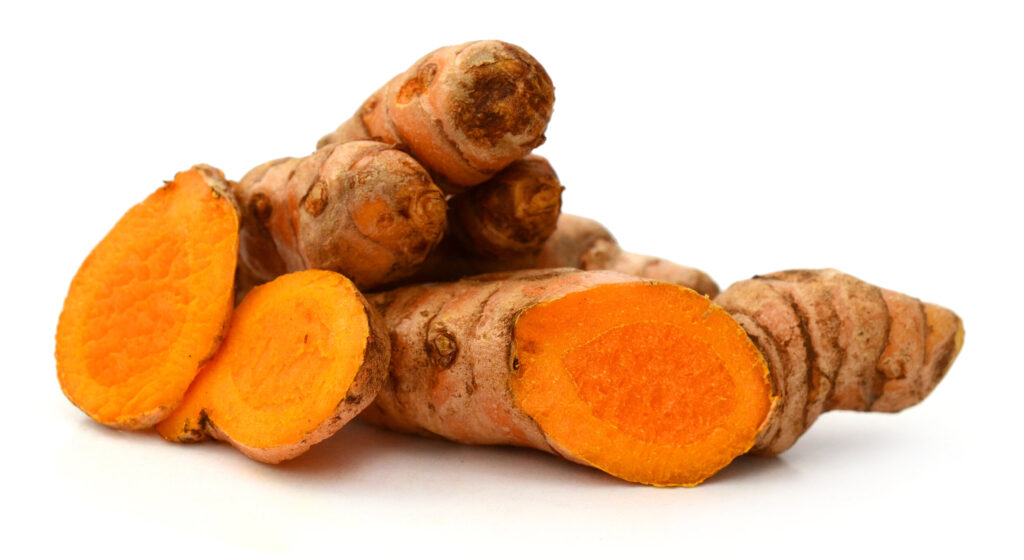
Latin name: Curcuma longa
Place of origin: India
Description: Turmeric plants have large green leaves that grow close to the ground. The roots, which have been used in traditional medicine for thousands of years, are brown, orange, and yellow in color (“Curcuma longa”).
Historical medicinal use: Traditionally, turmeric has been used to alleviate various ailments related to joints, the digestive system, the respiratory system, and the skin (“Turmeric”).
Modern medicinal use: Today, turmeric is commonly made into a paste for skin conditions and promoted as a dietary supplement for a wide range of conditions. Although scientists have conducted numerous studies, the effectiveness of turmeric remains uncertain (“Turmeric”).
“Curcuma Longa.” North Carolina Extension Gardener Plant Toolbox, plants.ces.ncsu.edu/plants/curcuma-longa/. Accessed 22 Apr. 2024.
“Turmeric.” National Center for Complementary and Integrative Health, U.S. Department of Health and Human Services, www.nccih.nih.gov/health/turmeric. Accessed 22 Apr. 2024.